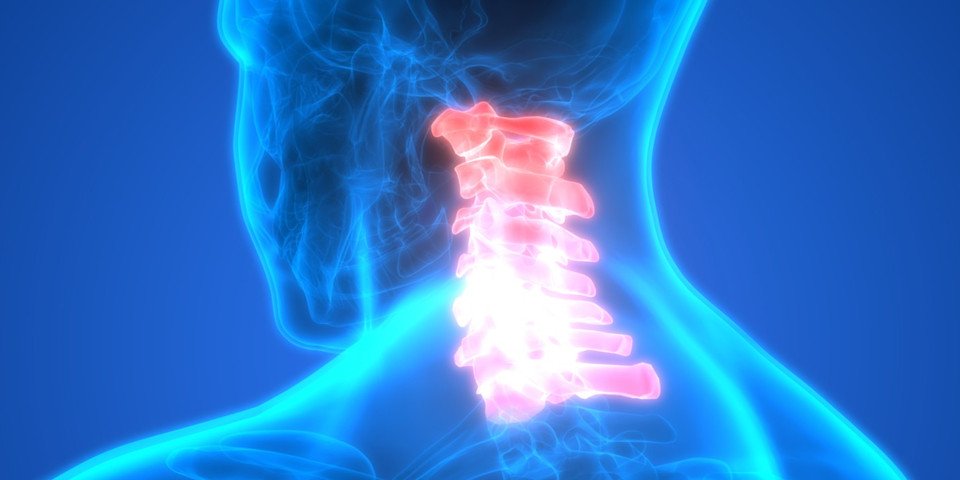The cervical spine, consisting of the uppermost vertebrae in your neck, plays a crucial role in supporting your head, protecting the spinal cord, and allowing mobility. When one of the intervertebral discs between these cervical vertebrae becomes herniated or “slips” out of place, it can result in a condition commonly referred to as a cervical slip disc or cervical disc herniation. This condition can lead to significant pain, stiffness, and neurological symptoms, affecting one’s quality of life.

What Is a Cervical Slip Disc?
A slipped disc, also known as a herniated disc, occurs when the inner gel-like material (nucleus pulposus) of an intervertebral disc protrudes through a tear in the tougher outer layer (annulus fibrosus). When this occurs in the cervical spine (neck area), it is referred to as a cervical slip disc.
Common Causes
- Degenerative Disc Disease :With age, discs lose water content and elasticity, making them more prone to herniation.
- Trauma or Injury: Sudden impact or strain such as whiplash injuries or falls can cause disc herniation.
- Poor Posture: Long hours of sitting, especially with poor neck alignment (e.g., looking down at a phone), can stress the cervical discs.
- Repetitive Motion: Jobs or activities requiring frequent neck movement can contribute to disc wear and tear.
Common Symptoms
- Neck Pain:Localized pain that may worsen with movement.
- Radiating Arm Pain (Radiculopathy):Pain can radiate to the shoulder, arm, or fingers depending on the affected nerve root.
- Numbness or Tingling:Often felt in the arm, hand, or fingers.
- Muscle Weakness: Weakness in the shoulder, arm, or hand muscles.
- Loss of Coordination: In severe cases, herniation may affect walking and fine motor skills.
- Headaches: Cervicogenic headaches result from upper cervical disc problems.
Diagnosis
- History Taking: The doctor asks about the onset, duration, and nature of symptoms.
- Physical Examination: Includes checking range of motion, reflexes, strength, and sensory responses.
- X-rays: Useful to rule out fractures or misalignment.
- MRI (Magnetic Resonance Imaging):The gold standard for detecting disc herniation and nerve compression.
- CT Scan with Myelogram: Used in certain cases to visualize spinal cord and nerve roots.
- EMG/Nerve Conduction Study: Measures the electrical activity of muscles and nerves.
Post-Surgical Rehab
- Gentle mobilization initially
- Gradual return to daily activities
- Strengthening exercises
- Balance and coordination drills
- Pain management techniques
Long-Term Physiotherapy Goals
- Prevent recurrence
- Improve posture
- Enhance neck strength and flexibility
- Promote independence and return to work
Prognostic Factors
- Age
- Extent of herniation
- Time to treatment
- Severity of symptoms
- Compliance with rehabilitation
Conclusion
Book an Appointment
Are you suffering from chronic back pain, sciatica, herniated discs, or spinal deformities? Don’t let spine problems limit your life! Contact Us
